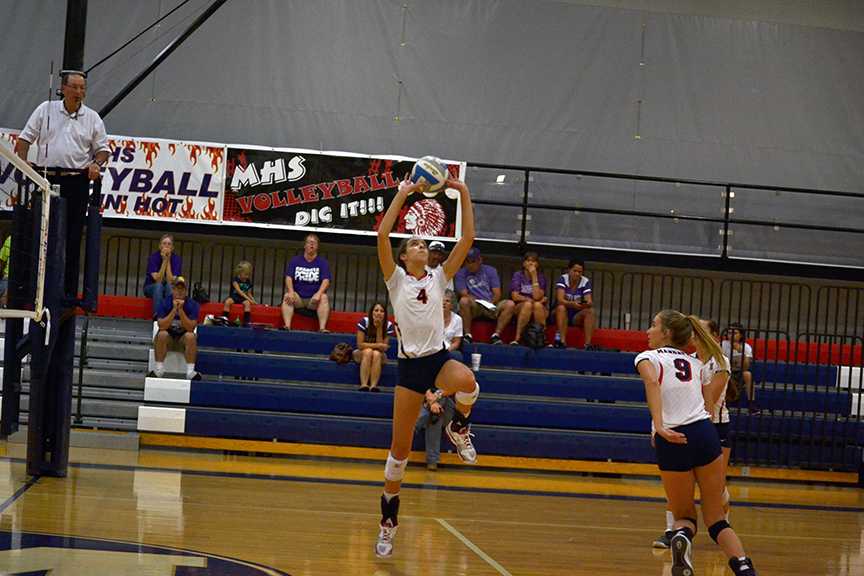Distribution of “nudes” can lead to legal consequences
The culture of “asking for nudes” and Snapchatting inappropriate videos to peers is a common one in this modern age. However, the fact that this culture has seeped into high school lifestyle is not only inappropriate, but it could also lead to legal trouble.
The majority of the high school student population all fall under the ages of 18 years old. Sharing any inappropriate photos of oneself or others could quite possibly classify as child pornography. According the Section 2256, Title 18 of the United States Code, child pornography is defined as “any visual depiction of sexually explicit conduct involving a minor,” anyone under the age of 18 years old. This content is not just photographs, but also messages, videos and digital images. Sharing any content such as this is not protected under the First Amendment and are labeled as illegal contraband, according to the United States Department of Justice.
To sum it all up, sending and sharing photos of nudity involving a high school student can classify as child pornography and can lead to legal complications and police investigations. A suspect of possessing this kind of content to be faced with heavy fines and or a minimum of 15 to 30 years maximum in prison.
These kinds of penalties are not only limited to inappropriate images or videos, either. In the state of Kansas, felonies related to child pornography and “sexting” include but are not limited to coercing or persuading a minor to take part in sexual acts and promoting sexual performances involving a minor. Any of these offenses can lead to a life sentencing in prison and be eligible for parole for 25 years.
What does this mean for high school students? By taking part in any sort of distribution or sharing of nudity involving high school students, they could land others with heavy fines, prison sentences and a record of being a predator for the rest of their life, which will affect their career paths and their futures. This penalties can become even more severe if one of the students involved is 18 years old or older, meaning they will be tried as an adult.
This sexting behavior is not to be taken lightly due to the fact that it can and has led to incredibly severe cases and events. Not only can it be deemed as child pornography, but other offenses such as sexual harassment and threatening another individual are often brought to the table.
However, a new bill is on the horizon as of this month. The U.S. Senate has recently passed a bill that is to go to house, saying that individuals under the age of 17 who have been convicted of possessing pornographic images and content of others under the age of 18 do not have to register as a sex offender.
For right now, however, the penalties remain the same. Teenagers need to remain aware of the consequences they can face by collecting, sharing and distributing inappropriate content of peers.

